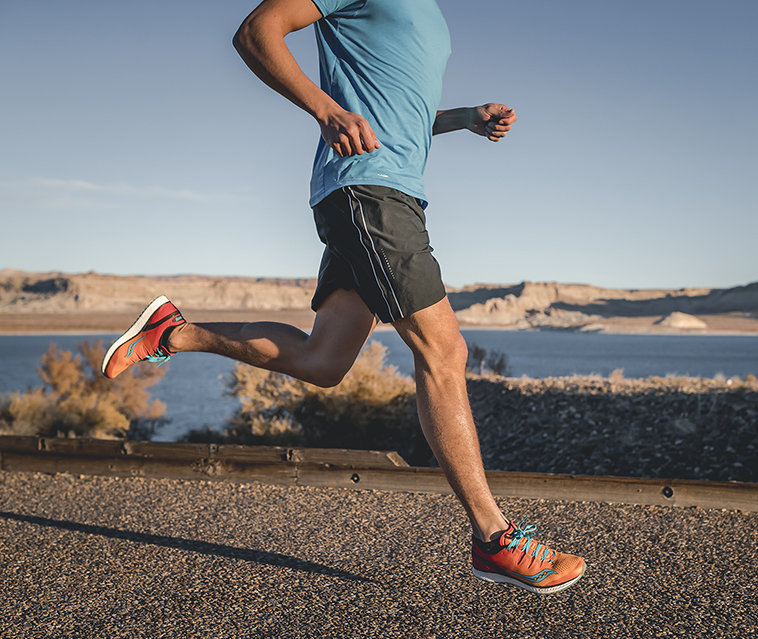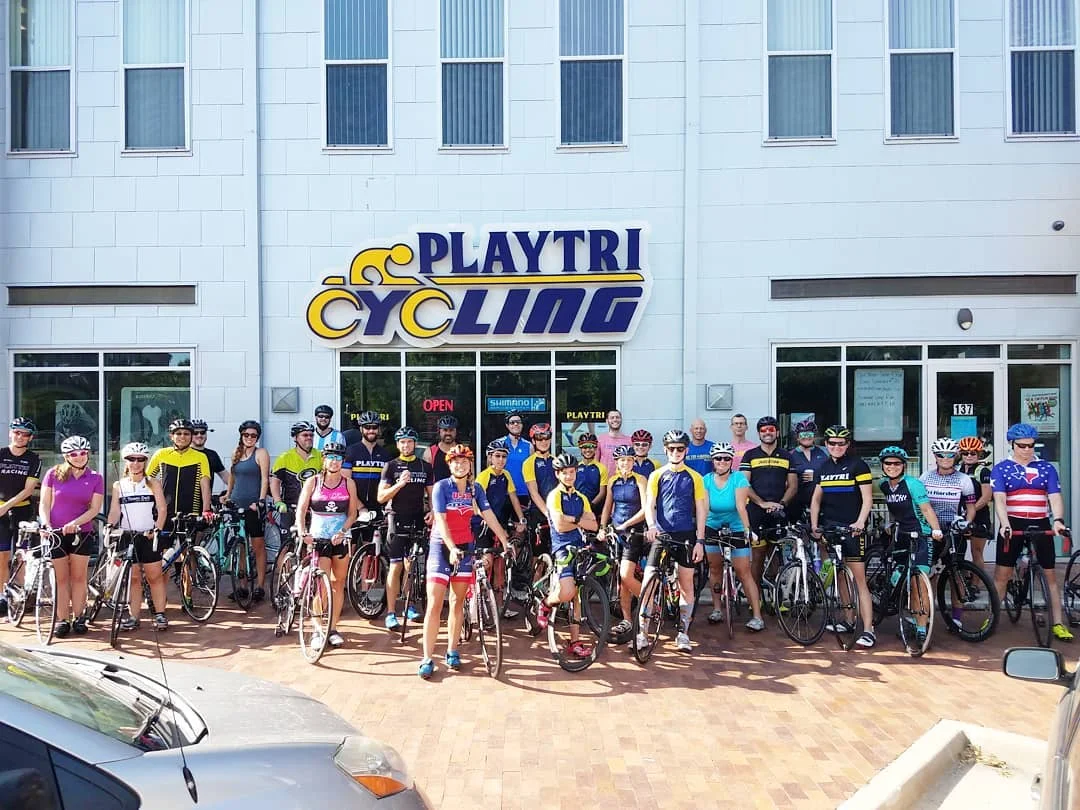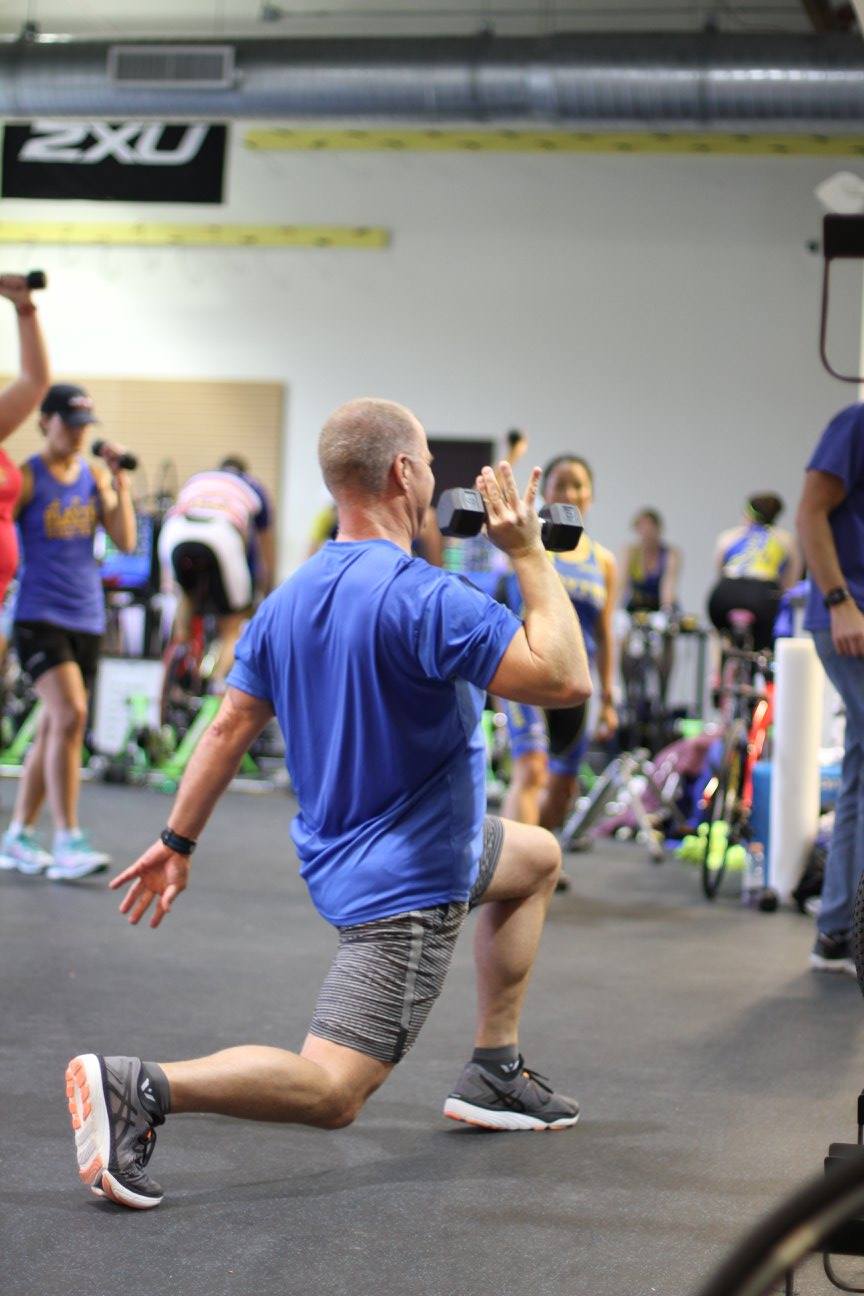We all love logging miles on the run (and posting about them after), but the truth is that just "doing the miles" actually isn't the only way (or even the best way) to improve run efficiency and speed. Studies show that some of the fastest/most durable runners participate in a variety of activities and movement patterns that contribute to run strength and speed, while encouraging better neuromuscular activation and improved adaptability.
An easy way to mix it up on the run is to incorporate run drills into your training sessions - here's how.
Start your session with 5 minutes of easy running or walking - you should be able to have a conversation during this warm up period, and heart rate should stay low.
Follow this up with 10 minutes of run drills. Pick 2-3 drills and work on doing them with good posture and crisp movements. Take walk breaks in between reps so you can really focus on the intended technique for the drill. This is still part of the warm up, but now we're really preparing the body for work.
Once you've finished your first set of drills, take a quick moment to see if any muscle groups are feeling tight - if you find any, do some light stretching (dynamic stretching is always best at the beginning of a session) to get additional blood flow and flexibility to those areas. No major stretching at the beginning, just working out the kinks as needed.
For a main set, try doing the following 2 times through:
· 5-10 minutes TP HR run (Zones 2-3)
· 5-10 minutes drills (you can mix it up with different drills than you did at the beginning)
· 1-2 minutes run at 5K race pace
· 1-2 minutes walk
Finish up with 10 minutes of walking, and some more stretching. Remember that the goal of every training session is NOT to finish without anything left in the tank - that is the goal on RACE DAY. The goal for workouts like this is to finish knowing you did everything with proper form, and the workout built stronger neuromuscular pathways, without developing habits you'll have to undo later. Having a heart rate monitor can be extremely helpful for ensuring you don't over do it - athletes in our individual training programs are required to wear one for every run.
Thanks for joining us today. Remember Playtri has everything you need to keep you fit and healthy. Stop by or shop online at Playtri.com.
Morgan Johnson Hoffman


















